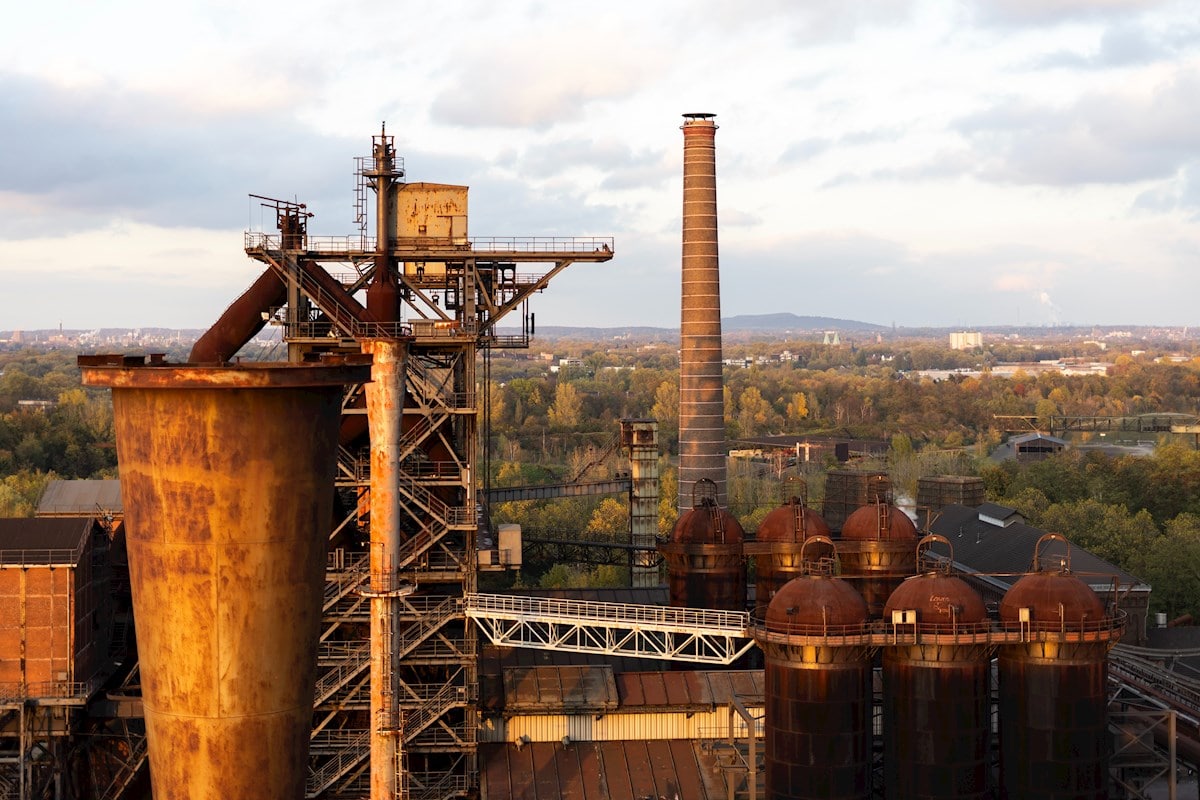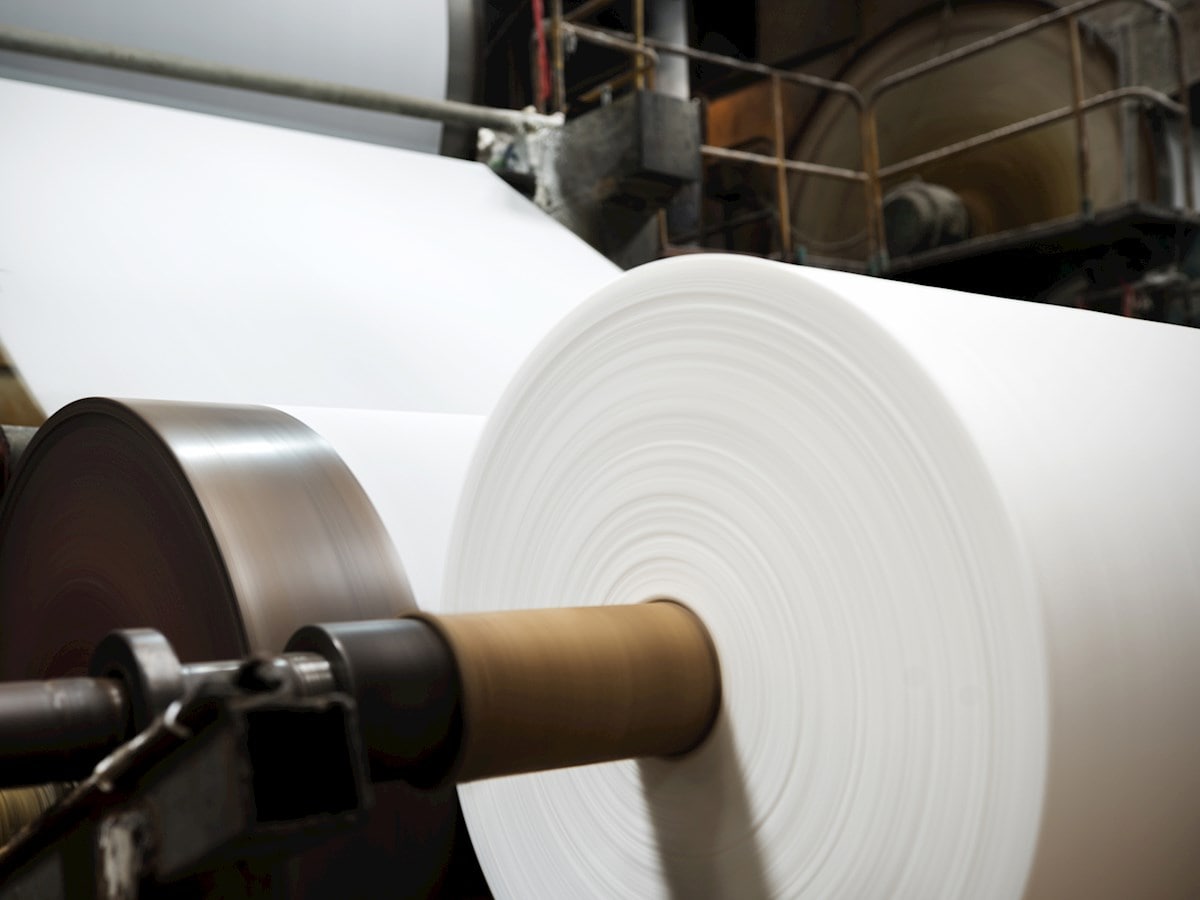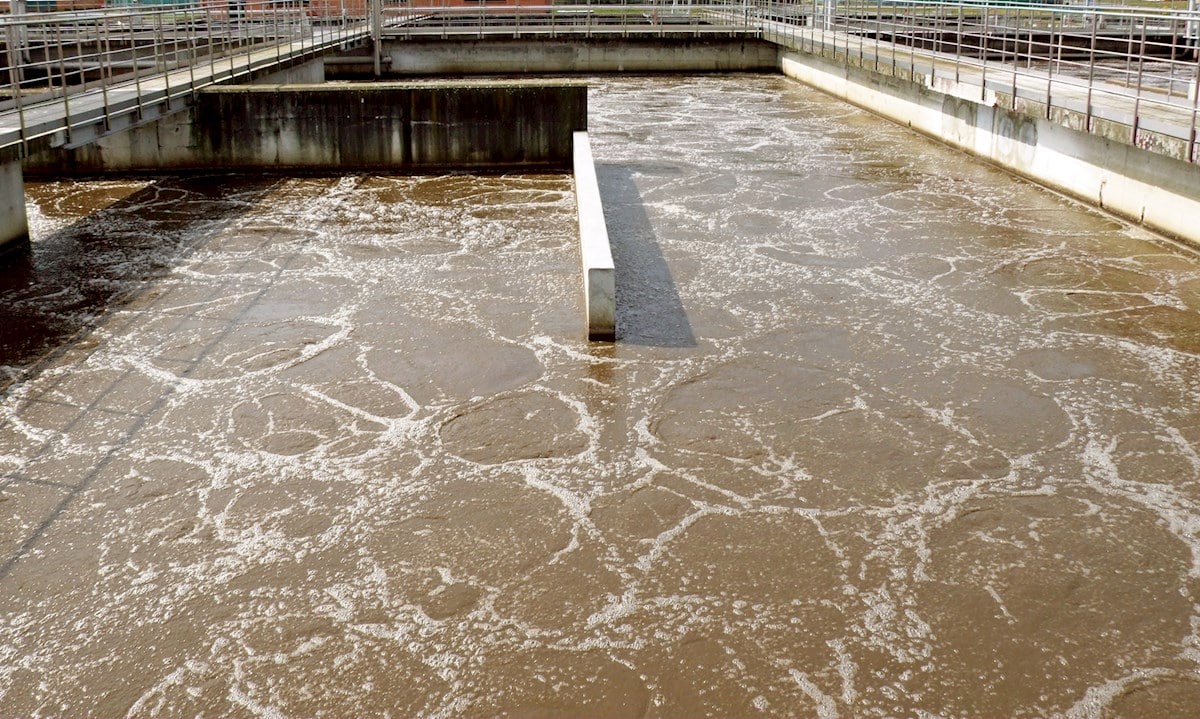
I moduli CamCarb VG con media sfuso sono soluzioni robuste idonee per i sistemi di aria primaria (aria esterna) e di ricircolo. L'impiego principale è il controllo dei gas acidi che sono responsabili della corrosione delle apparecchiature elettroniche ed elettriche nelle industrie di processo pesante come le cartiere, le raffinerie petrolchimiche, le attività minerarie e di raffinazione dei metalli, e gli impianti per il trattamento delle acque reflue. Sono ance indicati per applicazioni più leggere come la rimozione dei fumi nocivi e odorosi generati alle'esterno di aeroporti, eliporti ospedalieri, edifici del patrimonio culturale e uffici commerciali situati nei centri cittadini. I moduli possono essere riempiti con diversi tipi di media filtranti molecolari Camfil per adattarsi all'applicazione specifica del cliente.
Esistono due configurazioni standard del CamCarb VG: VG300 e VG440. Il formato VG300 è particolarmente adatto per applicazioni moderate (generalmente aria primaria) mentre il VG440 è più indicato per applicazioni leggere (aria di ricircolo). I filtri CamCarb VG possono essere installati in housing specificatamente progettati, con opzione per caricamento frontale, caricamento laterale, o accesso laterale a tenuta positiva (PSSA). Possono anche essere usati come ricambi negli housing e nei sistemi a binario prodotti da altri fornitori.
I moduli CamCarb VG sono interamente saldati e costruiti senza adesivo per eliminare la possibilità di degassamento. Essi includono un'esclusiva rete stampata per consentire l'utilizzo di una gamma completa di media sfuso senza dispersione di polvere. Molte applicazioni richiedono media molecolare multiplo per affrontare una vasta gamma di contaminanti. I differenti media devono essere collocati in una serie di moduli a più livelli. Questo approccio a più livelli offre la più alta efficienza di rimozione, la vita operativa più lunga, e il più basso total cost of ownership (TCO) poiché ogni media può essere sostituito quando raggiunge la fine della sua vita utile. Mentre un blended-media comporta che tutto il media venga sostituito quando anche solo componente si è esaurito.

Metal Refining: The primary source of corrosive gases is smelting. Smelting is a process of applying heat to ore to extract a base metal. Sulphur dioxide is produced from the smelting of mineral ores.
Wastewater Treatment: Hydrogen sulphide (H2S) gas typically is formed in wastewater collection systems that are conducive to creating septic conditions. Septic conditions occur when bacteria use all of the available oxygen while decomposing organic matter in wastewater for energy. Sulphur dioxide (SO2) is a common by-product of this process and can be extremely odorous and corrosive. Chlorine compounds are effective in controlling heavy concentrations of H2S in wastewater collection systems but can have corrosive consequences themselves. All of these contaminants listed above can corrode electronic and electrical control equipment. If protective measures are not implemented the likely consequence will be unscheduled downtime caused by equipment failure. CamCarb VG300 modules can be installed in make-up air units to prevent corrosive gases from entering a space and CamCarb VG440 modules can be installed in recirculation to address contaminants generated indoors.
Cultural Heritage: The primary function of museums, art galleries, archives, and libraries is to preserve artefacts for future generations. Controlling temperature, relative humidity, lighting, particulate pollution (dust), and molecular pollutants (gases) is critical to this preservation. Gaseous pollutants at very low concentrations can cause irreversible damage. Nitrogen dioxide (NO2) and ozone (O3) are common pollutants in city centre environments that are considered corrosive threats to collections. Installing CamCarb VG300 modules in outdoor air units can easily control this threat. Organic acids and formaldehyde are generated indoors from the artefacts themselves. Installing CamCarb VG440 in recirculation air units will control these contaminants generated indoors.
Heavy process industries: Many facilities rely on electrical equipment for the safe and efficient operation of complex and valuable manufacturing processes. In certain industries, the external air around the facility is likely to be contaminated with acidic gases. These gases originate from the raw materials used in production or chemicals added to a process.
Oil and Gas (petrochemical): The acidic gases arise from sulphur impurities present in crude oil. Hydrogen sulphide (H2S) occurs naturally in crude oil (sour crudes) and can be generated from refining processes.
Pulp and Paper: The digestion process is the primary generator of hydrogen sulphide, sulphur dioxide, methyl mercaptan, dimethyl sulphide, and dimethyl disulphide. Also, odour-causing terpenes are given off by the black liquor. If a mill has a bleach plant, then chlorine and chlorine dioxide will be present in the bleach plant and paper machine areas.


Airports: The environment surrounding airports is heavily polluted with particulate and gaseous contaminants. Molecular pollution originates from sources such as jet fumes, helipad fumes, which contain hydrocarbons, acetaldehydes, oxides of nitrogen, and ozone. These gaseous pollutants cause a range of health problems from temporary burning eyes to lifelong heart and lung damage. There are also contaminants generated from indoor sources like kitchens, cleaning supplies, construction materials, and travellers. These contaminants can vary, but for the most part, would be considered irritants and odours. Installing CamCarb VG modules in the outdoor air and/or indoor air units will drastically improve indoor air quality (IAQ) in airports.
Hospitals: The outdoor air environment around a hospital would have similar molecular contaminants to an airport: hydrocarbons, acetaldehydes, oxides of nitrogen, and ozone. However, the sources of these pollutants would be from helicopter pads and ambulance bays. In some cases, while the concentrations of these contaminants could be low but the occupants in the hospitals are much more susceptible due to heart conditions, pre-existing pulmonary issues, and/or age. Protecting patients and employees from these irritant gases is critical. This can be achieved by installing CamCarb VG modules in the outdoor air system and some cases dedicated systems for the helipad. Contaminants can also be generated indoors from sources like kitchens, cleaning supplies, laundry, morgues, burn units, and radio-pharmacy. Installing CamCarb VG modules on recirculation systems can have a continuous impact on the mitigation of these harmful gases.